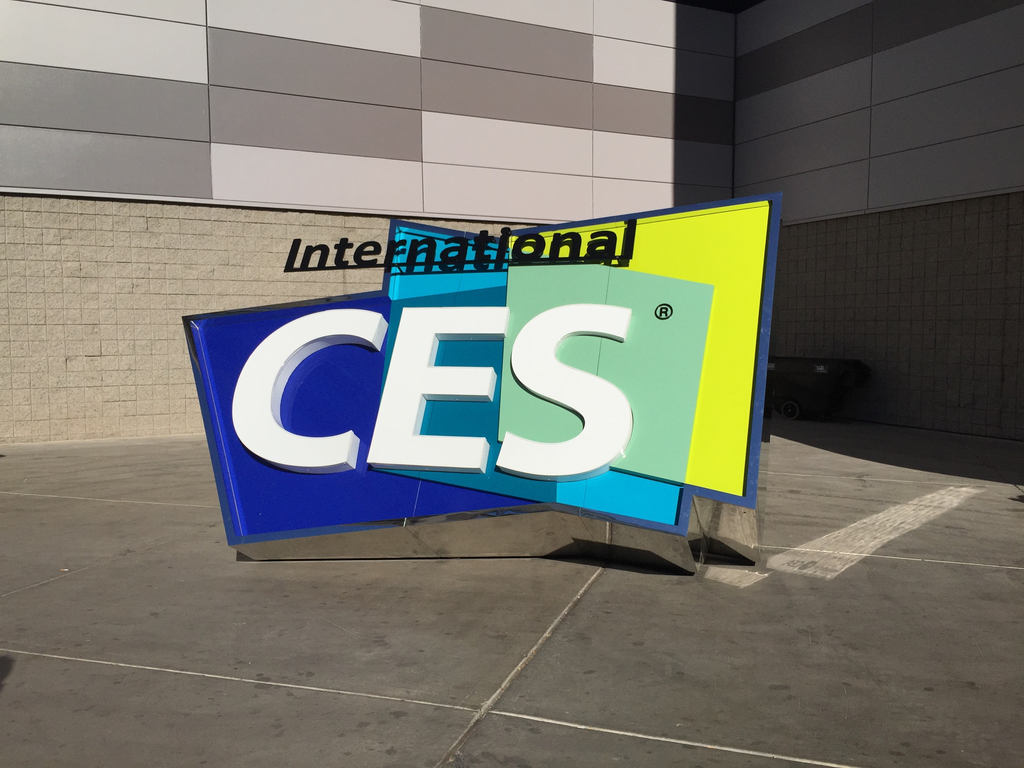Today we announced the completion of the GeForce 200M Series of GPUs with the introduction of five new GPUs:
• GeForce® GTS 260M and 250M GPUs for enthusiast notebooks
• GeForce GT 240M and 230M GPUs for performance notebooks
• GeForce G210M for mainstream notebooks
These additions to the GeForce 200M Series are engineered to deliver up to twice the graphics performance with up to half the idle power consumption for every market segment. The GeForce 200M Series are Windows 7-ready and provide GPU computing horsepower for the growing number of GPU- accelerated applications.
I was in Taipei a few weeks ago for Computex and we took that opportunity to pre-brief press on our new notebook GPUs so they could have stories in the can for launch day. These exchanges are always eye opening because we are able to get direct feedback from experts, and allows us to listen closely to their questions to get further insight into what they are thinking.
A common question we got in these briefings was How can we say we are going to get 100 design wins?†Quantifying the 100 new design wins is easy, because of the nature of the notebook business. Lead times for notebooks are much longer than desktop PCs, so we know now what the design wins are for the foreseeable future because they have already been awarded. Due to NDA obligations with those notebook manufacturers, we obviously cannot list them for you, but they will all come out over time. All of the 100 new design wins are already in the bag‖we just had to count them.
We also got questions about which architecture these GPUs came from and if we were simply renaming old GPUs. The answer to that is definitive–these are new GPUs based on a new design and 40nm process. At a high-level these chips are based on the same architecture used in the high-end NVIDIA desktop GPUs, so they share the same compute benefits. There were also adjustments in the micro-architecture to improve battery life and overall graphics performance compared to the previous generation, and also enhancements from the process shrink to 40nm.
We also got asked why we do not place more emphasis on the fact that these are 40 nanometer parts. We have a different view of the importance of these being in the 40 nanometer process than others do. While some companies like to push that to the forefront, NVIDIA really sees that as marketing to yourself. The bottom line is end users do not care if your GPUs are 40nm or 55nm–they want them to be fast and reliable. The fact that they are 40nm is not hugely significant. It’s not just about process, it’s also about efficiency of the architecture. These GPUs deliver great performance for games and GPU-powered applications and provide up to half the power consumption than previous generation GPUs when using office applications or surfing the Web. They also support Graphics Plus–PhysX, CUDA and SLI. They are also supported by user upgradable drivers, which other GPU companies do not offer. Those are the things end users care about and those are the things we will push to the forefront.
These chips also support DirectX 10.1, so press asked us if we changed our opinion of DirectX 10.1. The answer is no. DirectX 10.1 is a minor update to DirectX 10 that won’t have a major impact on games in the near future. The fact is, you can do just about everything DirectX 10.1 brings to the table in DirectX10. But the timing of these new GPUs made sense to add DirectX 10.1 support. It is simply a natural evolution.
We know that the GeForce 200M Series will be a landmark series of notebook GPUs for NVIDIA, as notebook OEMs around the world are in the process of harnessing the power of the GeForce 200M GPUs to provide their most powerful notebooks ever–up and down their product lines. The growth in notebook computers is well documented and new GPUs will put us in front of that trend with over 100 new notebook design wins.
Rene Haas is General Manager, notebook business at NVIDIA




